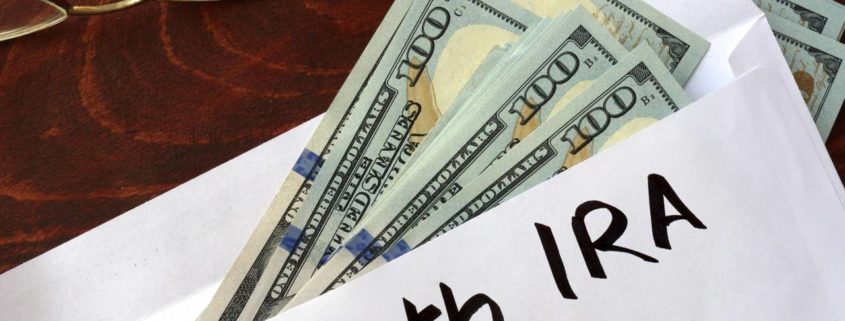A Little-Known Retirement Tactic for Government Employees
Carol Schmidlin’s recent article in the Wall Street Journal discusses the importance of a voluntary contribution plan.
Long-term federal employees can position themselves for a more secure retirement by employing a little-known feature of their benefits known as a voluntary contribution plan, or VCP. Workers put after-tax dollars into the plan, and can then roll those funds into a Roth individual retirement account.
Most individuals who have been employed by the federal government since before 1984 are covered by the Civil Service Retirement System, which grants enrollees a pension, along with a VCP. Employees can put up to 10% of their lifetime earnings on an after-tax basis into a VCP account, where tax on earnings is deferred.
VCPs aren’t widely used, due in part to the modest investment returns they tend to generate (2% this year). But they are useful for those nearing retirement who wish to reduce their projected tax burden. That’s because the entire balance in a VCP can be transferred to a Roth IRA, effectively bypassing the annual contribution limit for Roths of $5,500—or $6,500 for those over age 50.



